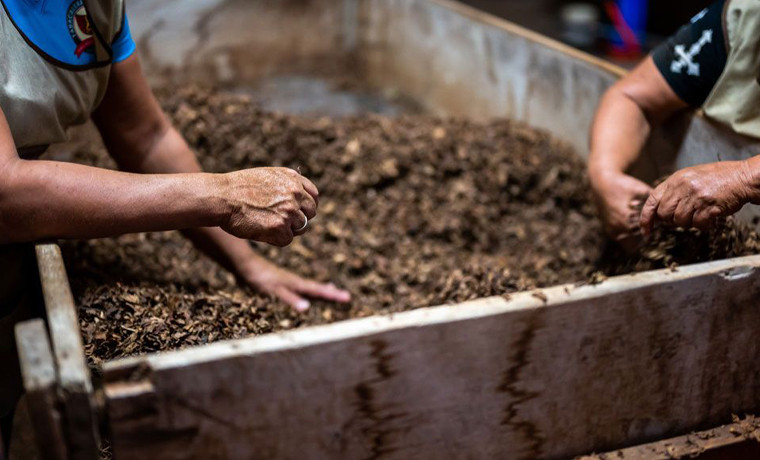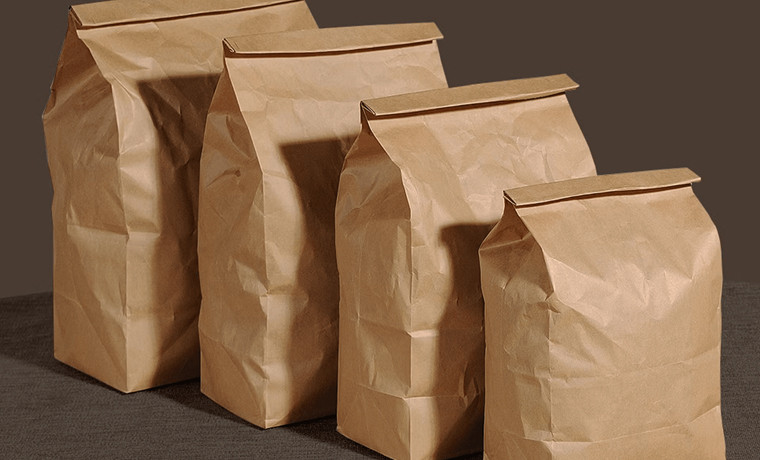Soft Touch Lamination: A Game-Changer in Packaging and Print Finishing

Soft touch lamination is a specialized finishing technique used in packaging and applied to printed materials to enhance tactile and visual appeal. It involves adhering a thin layer of a bi-oriented polypropylene film (BOPP) to the surface of printed materials to create a velvety texture distinct from traditional matte or gloss laminations.
Among the wide variety of finishes to enhance the appearance of printed packaging materials, choosing the proper finishing techniques is a must to make your packaging overall appealing and convincing. When we look into finishing options, we come up with embossing, debossing, spot UV, foiling, lamination, die-cutting, varnishing, and many others.
When entering the world of finishes, you must recognize the role of soft touch lamination. The exterior of your packaging benefits you by impressing onlookers and enhancing the overall brand image.
In today's digital world, every business trusts high-end printing services. Printing is always involved, from books, magazines, brochures, and catalogs to calendars. One of the most advanced methods is soft touch lamination, which offers a luxurious and premium finish.
Stay here. This guide can help you learn about soft touch printing and finish so you can make an informed decision about choosing suitable lamination for your printed packaging materials. So, let's get going!
What Is Soft Touch Lamination
Soft touch lamination - a finishing technique used in print and packaging, creates a smooth and velvety texture on the surface of printed paper or materials. Businesses looking to get aesthete and durability for their printed product packaging must choose this finishing to make their products stand out.
This lamination is perfect for high-end printing on products such as business cards, packaging boxes, book covers, promotional printed items, and other materials where a premium feel is recommended. It enhances printed materials' durability and perceived value to set them apart.
How The Soft Touch Lamination Process Goes
Learning about the process of soft-touch paper and lamination involves several things. This process starts by adhering a thin but strong layer of bi-oriented polypropylene (BOPP) film to the surface of printed items. It creates a velvety and matte finish. Before starting the process, the paper material, like cardboard, on which the printing is to be made should be clean and dust-free. It will help to give a proper adhesive lamination.
Under a soft-touch lamination machine, a unique adhesive is applied to the surface of the printed items to bond the lamination and the printed surface. Now, a soft-touch laminate made from polypropylene is carefully applied over the adhesive-coated surface without any wrinkles or air bubbles.
This soft-touch material now passes through heated rollers under controlled pressure, ensuring a solid bond between the lamination film and the printed items, making them smooth and removing imperfections.
It's time to cross the cooling section to stabilize the soft-touch finish and prevent it from wrinkling. Once it is cooled, the excessive soft-touch lamination film is trimmed and removed from the edges of the printed items, ensuring the edges are clean and give a sound appearance.
Here, the duty of quality control starts to check the quality of the soft touch printing, ensuring it has completed the whole process successfully and is 100% error-free. Quality control includes checking uniform texture, proper adhesion, and aesthetic appeal.
Perks Of Soft Touch Lamination Film

If you are not restricted by a limited budget, you can fully take advantage of soft touch lamination. Whether textual or visual, you can enjoy the benefits of using this soft touch laminate, which can give your printed materials a wholly new and professional appearance.
This soft-touch plastic is an additional protection layer to prevent its corners from curling after extensive usage. Providing a premium soft-touch finish and rubbery feel, this lamination offers a firm grip. Further, this soft-touch lamination film is resistant to scuffing, scratching, fingerprinting, water, and moisture damage.
What Are The Types Of Soft Touch Lamination
Soft touch lamination is a type of lamination that has variations categorized into various kinds. Let's explore them what they are:
Polyurethane (PU):
The most common type of soft-touch lamination offers a luxurious and velvety feel and is highly durable. It is found in a variety of thicknesses and can be matte.
Pet Polyester:
It is similar to PU in appearance and feel, but it is slightly less expensive. However, it is less durable than PU, especially in high-traffic applications.
Anti-Slip:
This soft touch lamination provides a better grip because it contains a slightly textured surface. Apart from that, it is suitable for products likely to be handled frequently.
Scratch-Resistant:
It resists scratches, abrasions, and scuffs, wear and tear. For an understanding, electronic cases are an example before us.
Soft Touch Vs Matte Lamination - Know The Difference

Both soft touch lamination and matte lamination are popular finishing techniques used in printing and packaging but offer distinct pros and cons. Soft touch lamination creates a rich, smooth, luxurious, deluxe, and velvety texture to enhance printed items' tactile experience, making it ideal for luxury packaging. To maintain a sophisticated appearance, this soft-touch packaging provides durability against scratches, fingerprints, and moisture.
On the other hand, the matte lamination offers a smooth texture with a non-reflective finish, reduces glare, and creates an elegant appearance for various applications such as book covers and brochures.
This matte lamination provides a flat and muted finish that is suitable for designs where a subdued and sophisticated look is preferred. It offers protection against scratches and scuffs but is not compelling enough to resist fingerprints and moisture compared to soft touch lamination.
In Summary
To sum up, soft touch lamination is a distinct printing technique that achieves experience on various printed materials. This soft-touch lamination film provides durability, long-lasting, and luxurious effects. It requires a specified soft-touch lamination machine and can be more expensive than traditional lamination. If you want to take advantage of this finishing technique, you have the right option.
However, it depends upon your requirements, customization options, and budget, but this print finishing technique can bring excellent results you can't imagine.
This guide has given you an understanding of game-changing soft touch and soft-touch finish and their benefits in the packaging industry. Contact Custom Product Packaging to print your packaging using this technique if you want soft touch printing. You can write to us and send us your requirements at orders@customproductpackaging.com. We are available 24/7 to address your every concern.




